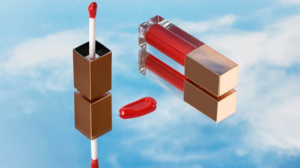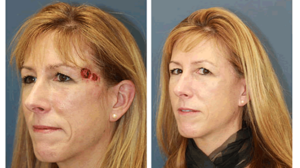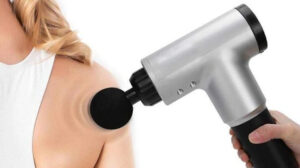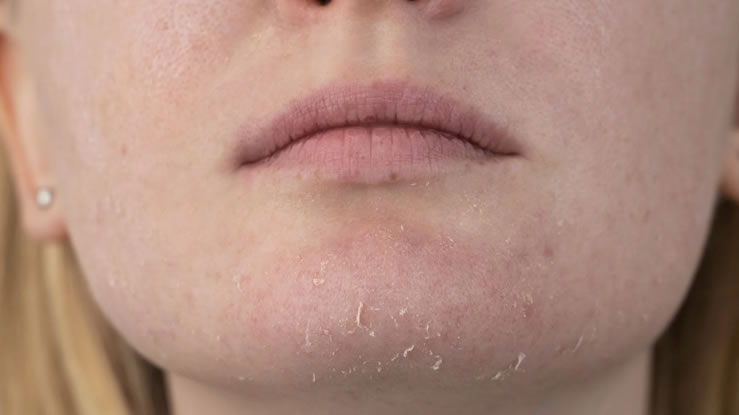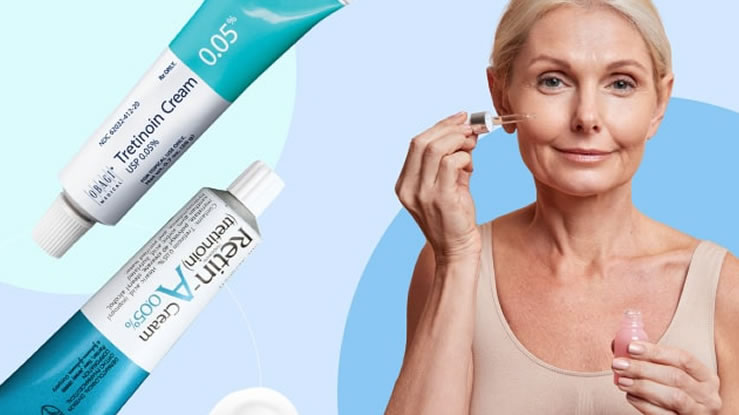Scars are a natural part of the healing process, but many people want them to fade as much as possible. Silicone scar sheets are one of the most recommended options by doctors and dermatologists for softening and reducing the appearance of scars. Still, one question many people have is about timing. If a scar is already months or years old, is it too late to see results?
This article takes a closer look at silicone scar sheets, how they work, and whether they are effective on older scars. It also covers best practices, what to expect, and how to use them correctly for the best outcome.
You can read also>>>How long do you leave silicone scar sheets on?
What are Silicone Scar Sheets?
Silicone scar sheets are thin, flexible sheets made from medical-grade silicone. They are applied directly over scars to create a protective barrier that locks in hydration and regulates oxygen flow. This environment helps reduce scar thickness, flatten raised scars, and improve color over time.
These sheets are available in different sizes, shapes, and styles, including reusable and self-adhesive options. They are most commonly used after surgeries, injuries, burns, or acne scars.
How Do Silicone Scar Sheets Work?
The exact way silicone sheets improve scars involves several biological processes:
-
Hydration: Scar tissue tends to lose water, which makes it dry and thick. Silicone helps restore moisture balance.
-
Collagen Regulation: Excess collagen production causes raised scars. Silicone normalizes collagen levels, leading to flatter scars.
-
Barrier Protection: Silicone creates a protective layer that shields scars from bacteria and external irritants.
-
Temperature and Oxygen Control: By controlling oxygen and heat at the skin’s surface, silicone promotes an ideal healing environment.
Over time, these effects can soften the scar’s texture, reduce redness, and improve its overall appearance.
When to Start Using Silicone Scar Sheets
Dermatologists usually recommend starting silicone scar sheet therapy as soon as the wound is fully closed. Fresh scars respond best because the skin is still remodeling. Most new scars go through an active healing phase in the first 12 to 18 months, which is when silicone has the greatest impact.
That said, this does not mean older scars cannot improve. The key difference lies in how much improvement you can expect.
Can Silicone Sheets Help Old Scars?
Yes, silicone sheets can still help older scars, but results may be slower and less dramatic compared to new scars. Research shows that silicone can improve the texture, color, and thickness of mature scars, even several years after they form.
For example:
-
Scars under one year old: Most responsive to silicone therapy. Noticeable fading can happen within weeks to months.
-
Scars one to two years old: Improvement is still possible, though slower. The scar may soften and fade over several months.
-
Scars more than two years old: Results may be subtle, but some people report smoother texture and less redness after consistent use.
So, while it is never truly “too late,” the earlier you begin, the more effective the results are likely to be.
Factors That Affect Results with Silicone Sheets
Several factors determine how well silicone sheets will work, even on older scars:
-
Scar Type
Hypertrophic scars (raised, red scars within the wound boundary) usually respond well.
Keloid scars (overgrown scars extending beyond the wound) may be more resistant but can still improve.
Atrophic scars (sunken scars like acne pits) are less likely to benefit. -
Scar Age
Fresher scars are more responsive, but mature scars can still improve with patience.
-
Consistency of Use
Wearing the sheets daily for several hours is key. Inconsistent use reduces effectiveness.
-
Skin Type
Individual skin biology influences how the body responds to silicone therapy.
-
Other Treatments Used
Combining silicone sheets with massage, sunscreen, or professional treatments may enhance results.
How Long Should You Use Silicone Sheets?
For best results, silicone sheets are usually worn for 12 to 24 hours per day. The treatment duration can range from 8 weeks for fresh scars to several months for older ones. Some people continue therapy for up to a year, depending on how the scar responds.
Consistency is more important than speed. Using them daily over a long period offers the best chance for improvement.
Is There a Point When Silicone Sheets Don’t Work?
While silicone sheets can help most scars, there are times when they may not make a big difference:
-
Very old scars that are fully matured and stable may not change much in appearance.
-
Scars that have hardened significantly may only soften slightly.
-
Keloids that are several years old might need additional treatments such as steroid injections or laser therapy.
In such cases, silicone sheets may still provide some benefits, such as reducing itchiness, dryness, or discomfort, even if cosmetic changes are limited.
Expert Recommendations
Dermatologists and surgeons often recommend silicone sheets as the first line of treatment for scars. They are safe, non-invasive, and suitable for long-term use. While results vary, most experts agree that they are worth trying, even for older scars, before moving to more invasive treatments.
For scars that do not respond well, alternatives like laser therapy, microneedling, or chemical peels may be considered.
Tips for Using Silicone Scar Sheets Correctly
-
Clean and Dry the Area before applying the sheet.
-
Cut the Sheet to Size if needed, ensuring full coverage of the scar.
-
Apply Daily for at least 12 hours. Some sheets are safe for 24-hour wear.
-
Wash and Reuse as instructed, usually lasting 2 to 4 weeks per sheet.
-
Avoid Ointments Under the Sheet unless approved by your doctor.
-
Protect the Scar from Sun Exposure since UV rays can darken scars.
Alternatives to Silicone Sheets
If silicone sheets do not provide enough improvement, other treatments can be considered:
-
Silicone gels: Easier to apply in certain areas like joints or the face.
-
Steroid injections: Used for keloids or very raised scars.
-
Laser therapy: Targets scar tissue and improves color and texture.
-
Microneedling: Stimulates collagen production to remodel scars.
-
Surgical revision: Reserved for severe or very noticeable scars.
When is the Best Time to Stop Using Silicone Sheets?
You can stop using silicone sheets once:
-
The scar has fully flattened and softened.
-
There is little to no redness.
-
Your doctor confirms that further changes are unlikely.
For most people, this is after several months of use, but it depends on scar type and age.
It is rarely too late to use silicone scar sheets, but the age of the scar affects how much improvement you can expect. New scars respond best, but even older scars can soften, fade, and improve in texture with consistent use.
If your scar is years old, you may not see dramatic results, but silicone sheets can still provide comfort and modest cosmetic benefits. The key is patience, daily use, and realistic expectations. For scars that need stronger treatment, combining silicone therapy with professional options may offer the best outcome.

